news
7 Animals That Will Go Extinct Before 2030
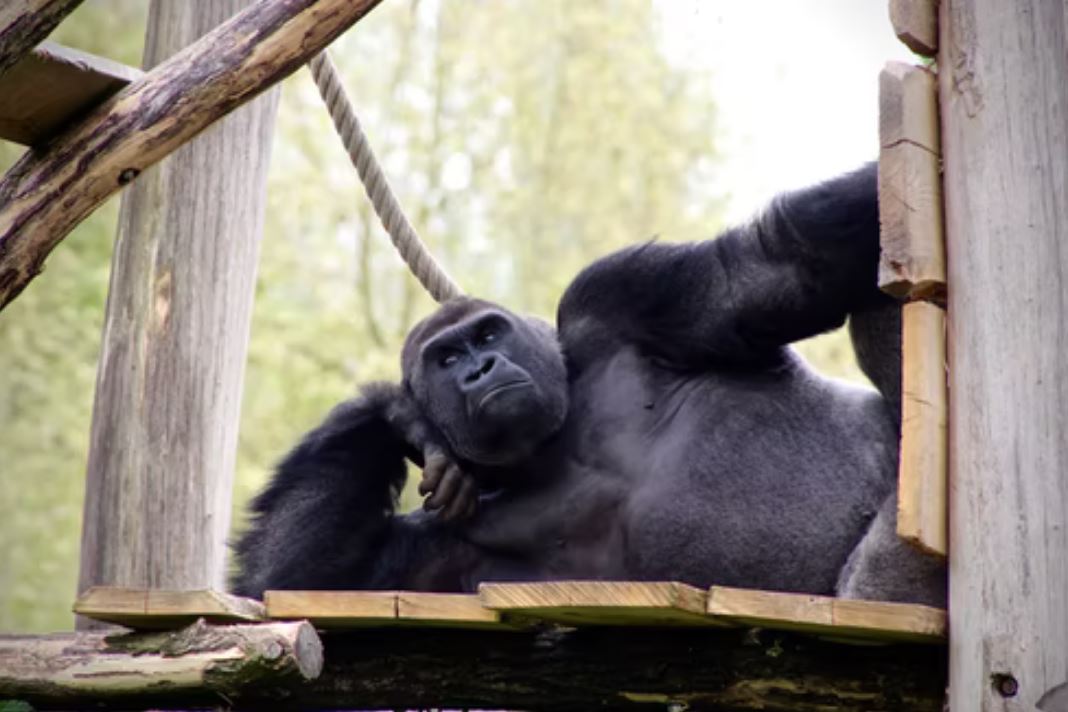
A lot of animals have gone into extinction because of different environmental issues. It is sad that more of them will disappear before 2030.
Let’s get into detail on 7 animals that will go extinct before 2030.
1. Amur Leopard
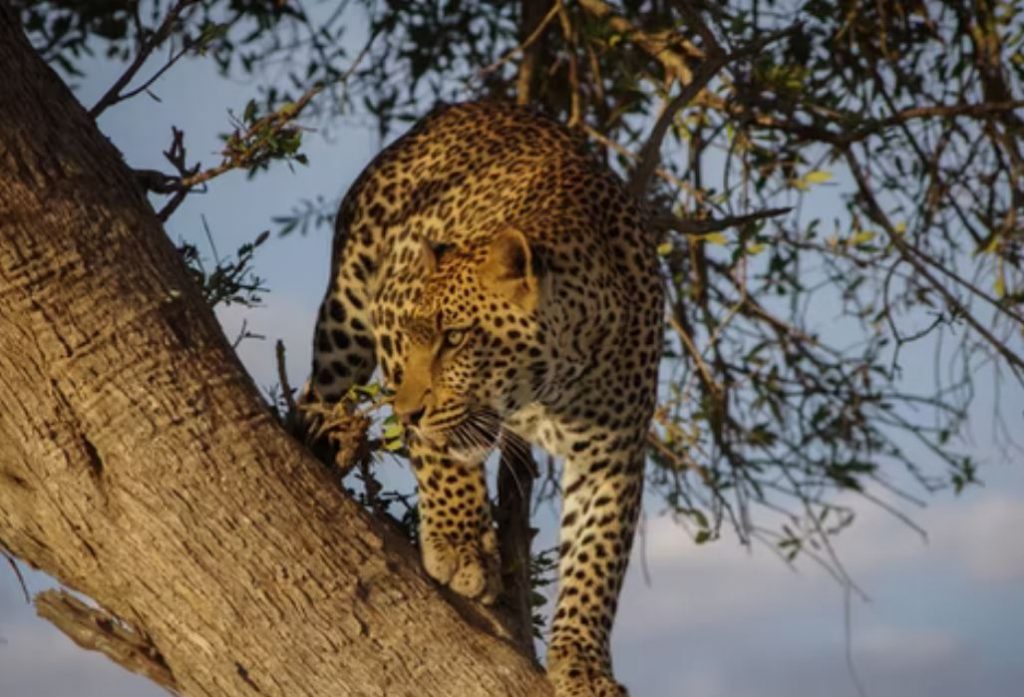
The Amur Leopard with the scientific name Panthera pardus orientalis is listed as Critically Endangered on the IUCN Red List.
As of 2017, only 19–26 wild leopards were estimated to survive in southeastern Russia and northeastern China. It is also considered one of the rarest cats on Earth.
The Amur leopard is different from other leopards with distinct characteristics. The leopard’s population has decreased as it is targeted for its fur and its natural habitat is destroyed by people.
2. Siberian Tiger
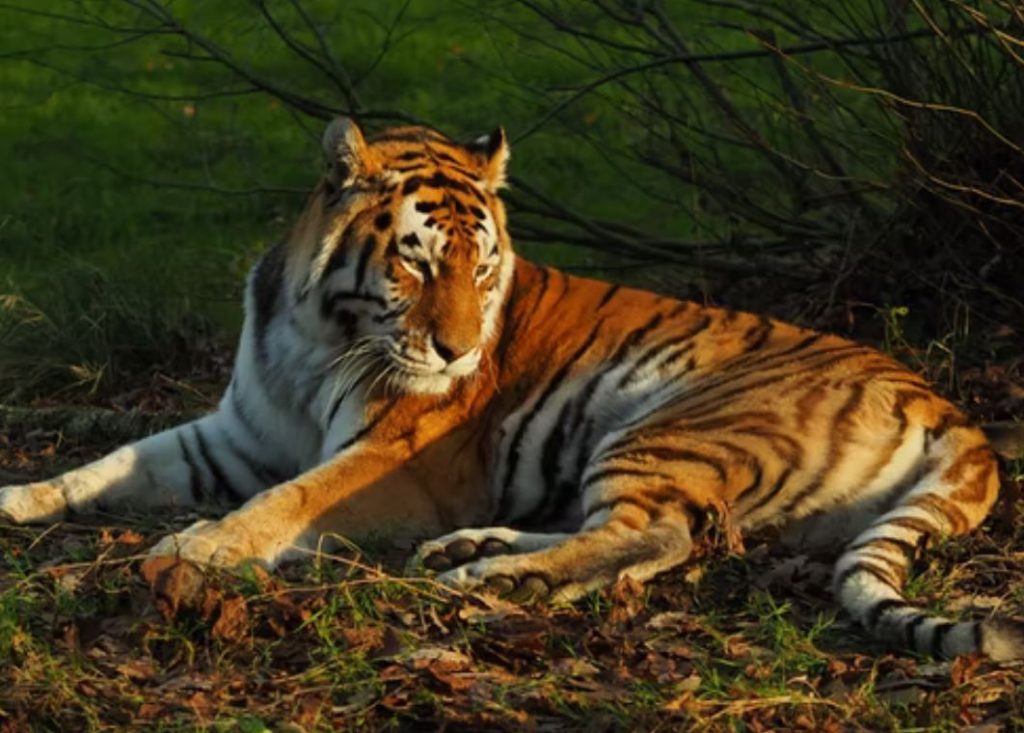
The population resides primarily in the Sikhote-Alin mountain range in the Russian Far East’s Primorye Province.
The Siberian tiger was also called “Amur tiger”, “Manchurian tiger”, “Korean tiger” and “Ussurian tiger”, depending on the region where it was observed.
The tiger has slender black transverse stripes and is reddish-rusty or rusty-yellow in color. It has a long, elastic body that stands on short legs and has a long tail.
Siberian tigers are known to travel up to 1,000 km (620 mi). Poaching, habitat loss, and illicit ungulate hunting are the greatest risks to the Siberian tigers existence.
3. Cross River Gorilla
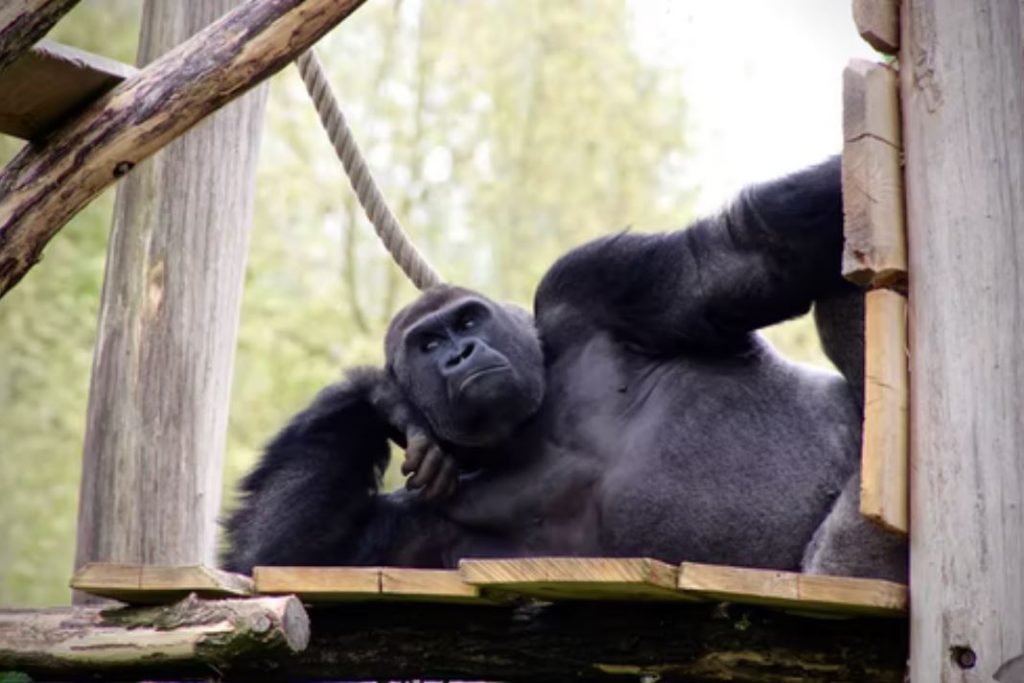
The Cross River gorilla is the African ape with the highest rate of extinction. According to a 2014 survey, there were just about 250 mature individuals left in the wild.
Experts estimate that the number of Western Gorillas will be decreased by more than 80% by 2046.
There are two primary gorilla species, each of which has its own subspecies. The Cross River Gorilla is one of the subspecies of Western Gorillas, and both are critically endangered.
4. Sumatran Orangutan
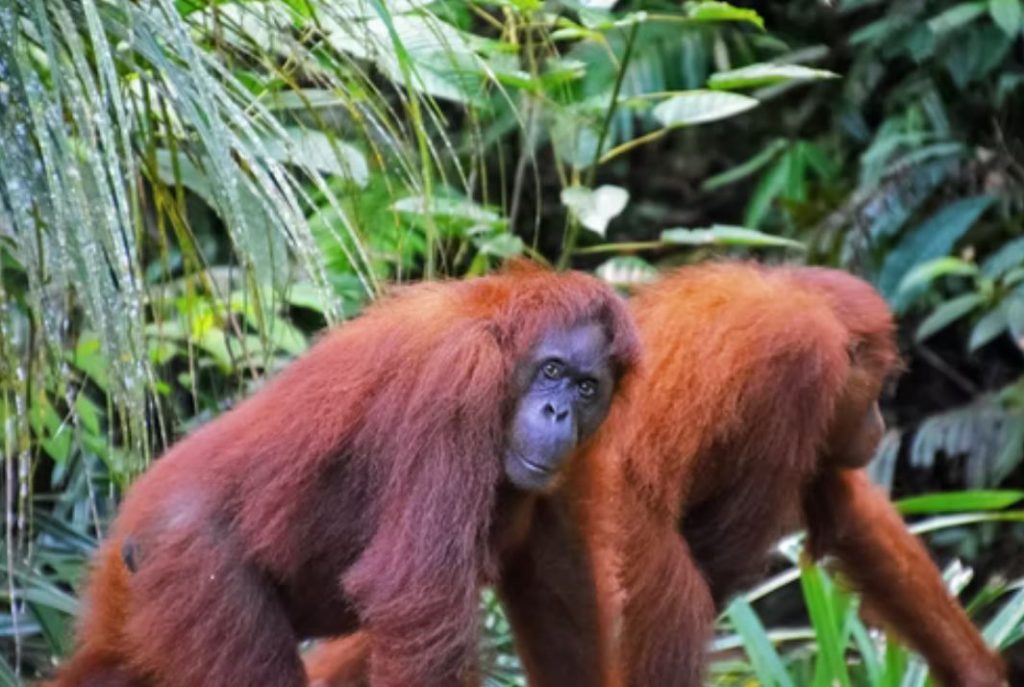
Only found in the north of the Indonesian island of Sumatra, the Sumatran orangutan is rarer than the Bornean orangutan but more numerous than the recently discovered Tapanuli orangutan.
The main reason orangutans are threatened with extinction is the destruction and degradation of tropical rain forests, particularly lowland forest, in Borneo and Sumatra. Furthermore, the illegal wildlife trade has contributed to the extinction of natural orangutan populations.
5. Black Spider Monkey
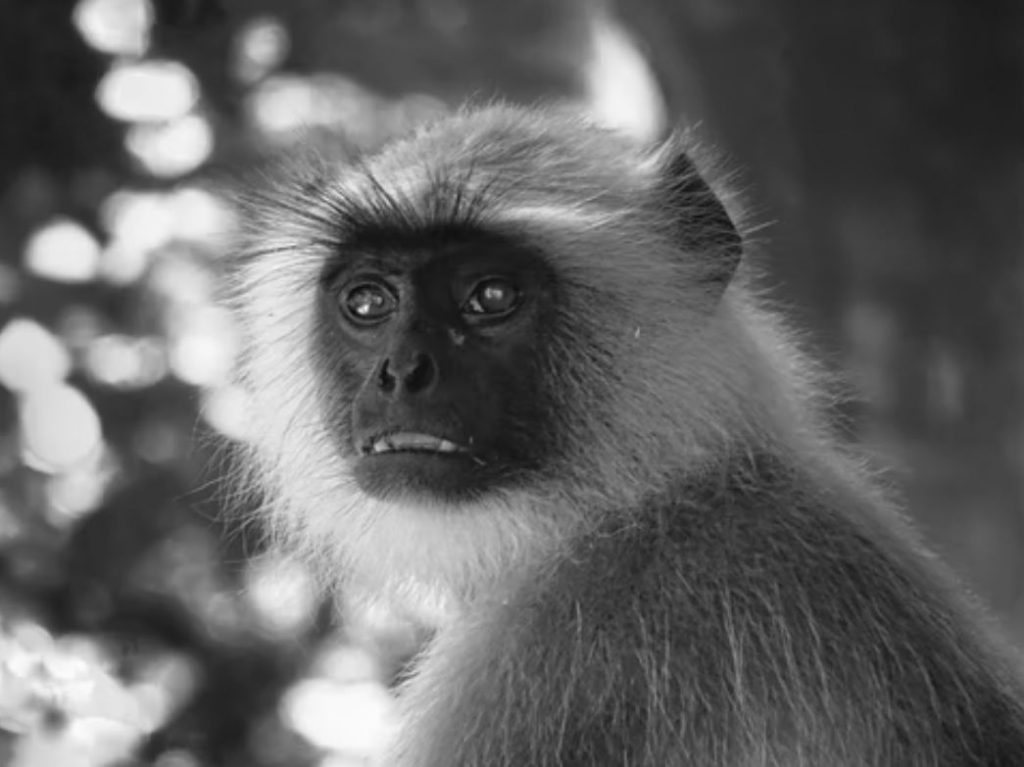
The red-faced spider monkey (Ateles paniscus), commonly known as the Guiana spider monkey or red-faced black spider monkey, is a spider monkey species found in northern South America’s rain forests.
The main threat to black-headed spider monkeys is habitat degradation, especially in Columbian populations. As a result, their numbers have decreased, and the IUCN has classified them as Critically Endangered.
The Black Spider Monkey are still threatened by illegal meat hunting, even in designated national parks.
6. Polar Bear
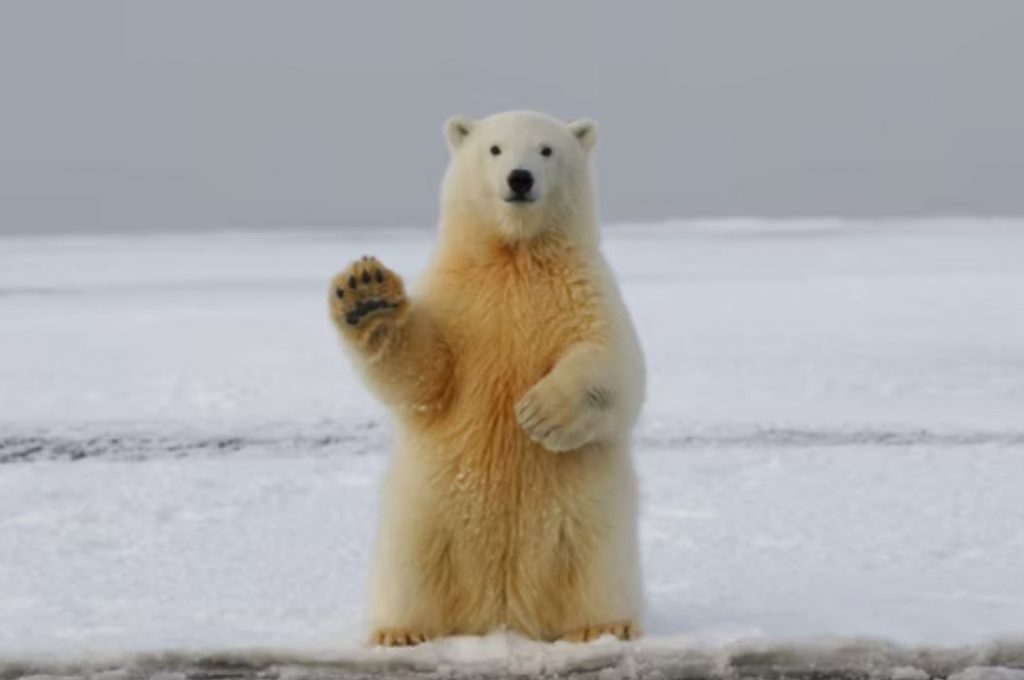
One of the greatest threats to polar bears in the Arctic is the loss of their sea ice habitat due to climate change. In May 2008, the Endangered Species Act designated it as an endangered species in the United States.
The polar bear has also been referred to as the “white bear” in the past. It’s also known as the “nanook,” which comes from the Inuit word nanuq.
7. Vaquita
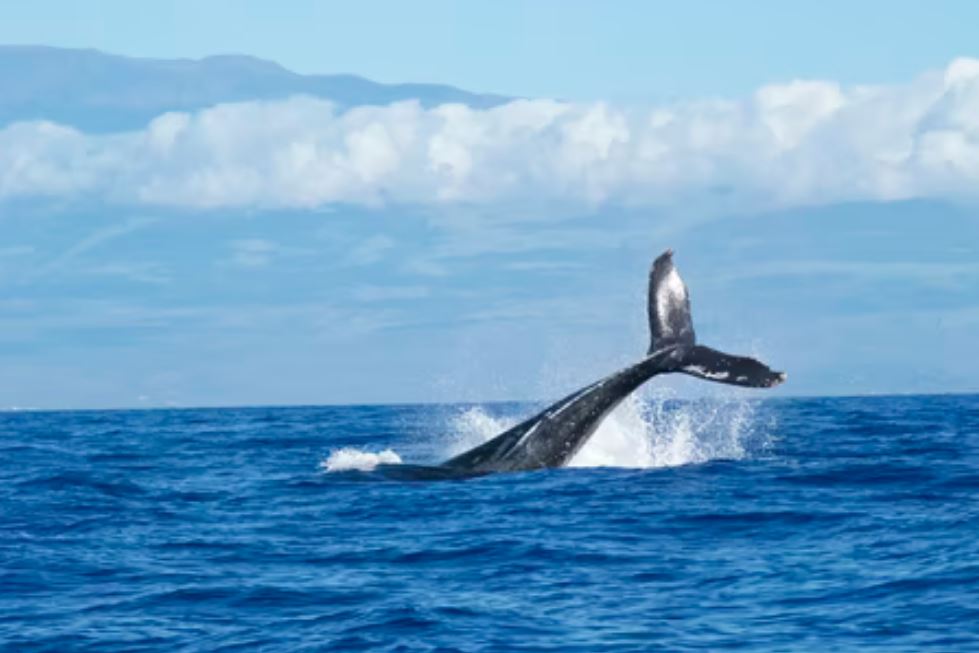
The main factors driving vaquita extinction are unsustainable and illegal fishing techniques.
Sharks have also been known to prey on vaquita, with fishermen reporting seeing full or parts of individuals in the stomachs of caught sharks, with no quantitative analysis.
